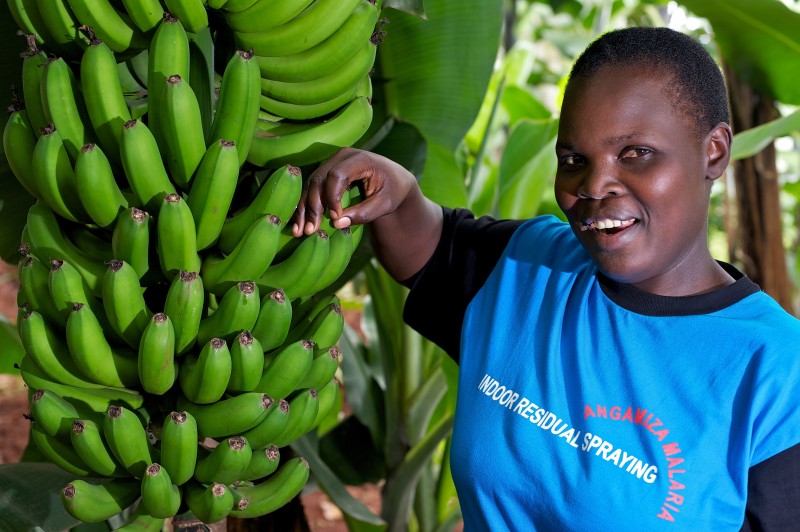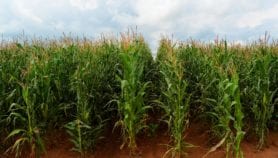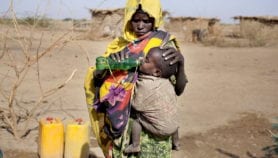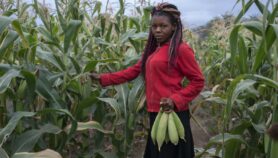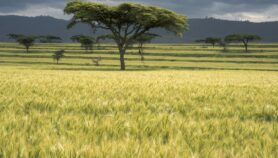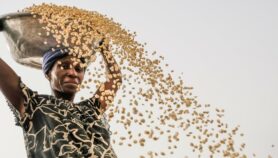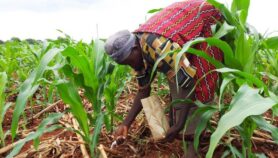By: Dorcas Odhiambo
Send to a friend
The details you provide on this page will not be used to send unsolicited email, and will not be sold to a 3rd party. See privacy policy.
[NAIROBI] Young people are the key to innovations that could help feed billions of people in the decades ahead, according to Calestous Juma, an internationally recognised development expert.
"Today's youth have access to new types of knowledge that were not available to their parents, such as genomic and geospatial data. The challenge is searching for this knowledge, adapting it to local conditions and using it to solve existing problems," Juma told SciDev.Net at an honorary doctorate award from McGill University, Montreal, Canada last week (3 June) and made a plea for agricultural innovation.
"Moreover, the price of access to new technology is also dropping due to advances in information and communications technologies. And the knowledge needed to kick-start Africa is already available," adds Juma, a professor of international development at the Belfer Center for Science and International Affairs, Harvard University, United States.
He cites biotechnology research that is taking off in countries such as Uganda, which is working on a genetically modified (GM) banana to control a wilt disease, although only a few African nations have embraced GM technology, and Africa has "weak systems of agricultural innovation".
What is encouraging, Juma says, is the rising number of African heads of states supporting such work. There is also growing private sector interest in African agriculture — Juma notes the pledge by the Grow Africa consortium to invest US$3.5 billion in African agriculture.
One of the most urgent challenges is investing in rural infrastructure — energy, transportation, irrigation and telecommunications — "without which it will not be possible to make effective use of any seed irrespective of whether it is bred conventionally or through genetic modification".
Complementing the investment and political commitment with technical support is another challenge. This means bringing together African and international universities to support technical training, he says.
African countries also need to bring teaching and research under the same roof as currently they are mostly carried out separately in universities and research institutes.
Juma also proposes building schools on farms to help upgrade the capacity of farmers and other working in agribusiness.
"All technological options, including GM crops and organic farming, should be available to farmers to make their own choices. There is a need for debates based on evidence rather than dogma and conspiracy theories.
"It is the motherboard on which many other economic processes can be built. Industrial development, for example, can be built on adding value to agricultural produce."
Agricultural research and development will become even more urgent as African seeks to design agricultural systems that respond to climate change, he adds.
Research also needs to be directly connected to training or educational programmes so that students can serve as extension officers and agents of change when they graduate.
Nancy Karanja, a soil ecologist at the University of Nairobi, Kenya, agrees with Juma, saying that there is great need for investment in rural infrastructure to make agriculture attractive to young people.
"It you want youth to embrace agriculture and innovations you must invest in infrastructure such as roads and energy. This will also arrest rural-urban migration," says Karanja
African countries, she says, should have national strategic research plans for agriculture followed by all universities and research institutions to avoid working in isolation and duplicating resources.
This article has been produced by SciDev.Net's Sub-Saharan Africa news desk


